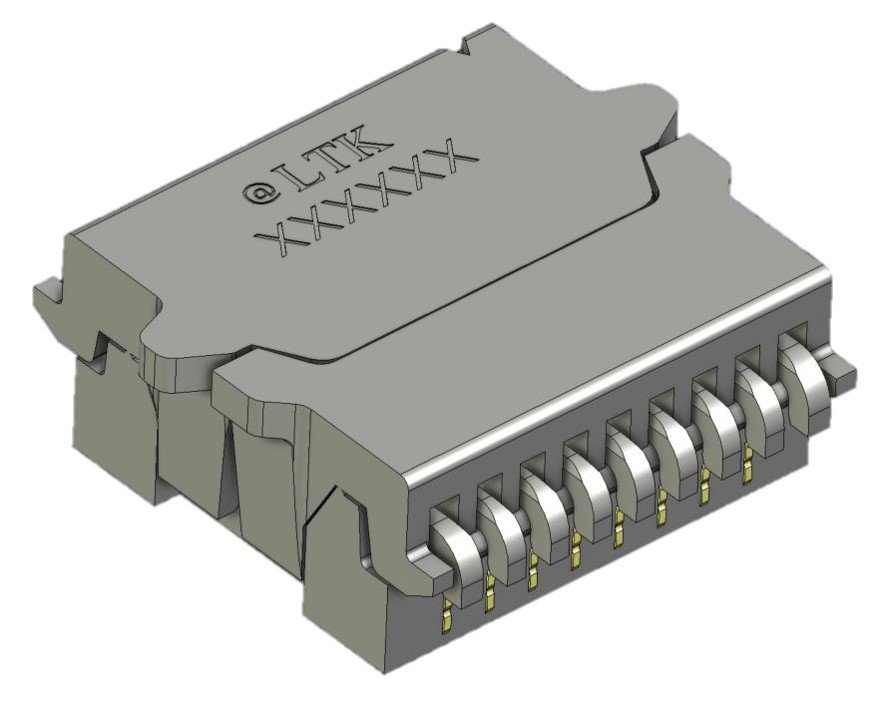Introducing SPI Flash Socket

SPI Introduction
SPI (Serial Peripheral Interface) is a serial communication protocol, providing full-duplex, synchronous and high-speed fieldbus. It’s applied to various SoC communication interfaces, including sensors (temperature, pressure, ADC, touchscreens and video game controller), control devices (audio codecs and DAC), camera lenses, communications (Ethernet, USB, USART, CAN and IEEE 802), memory (flash and EEPROM), real-time clocks, LCD, MMC, SD card/SDIO and high-performance system (FPGA). SPI is a significant part in system developing or debug tool, like host adapters, protocol analyzers, oscilloscopes and logic analyzers.

SPI Flash Socket Spec.
- 8 Pins & 16 Pins, 1.27mm Pitch
- SMT mounting type, Vertical orientation
- Ratings: 12V max., 1A current
- Available for different gold plating thickness on contact area
- HF compliance
- MSL 1 (moisture sensitivity level)
SPI Socket Application
- IC Programmer socket on higher end 32-bit processors, e.g. ARM, MIPS or PowerPC
- Microcontrollers, e.g. AVR, PIC or MSP430
- Development tools, e.g. host adapters, protocol analyzers, oscilloscopes, logic analyzers, mainboard, and HPC (high performance computing)